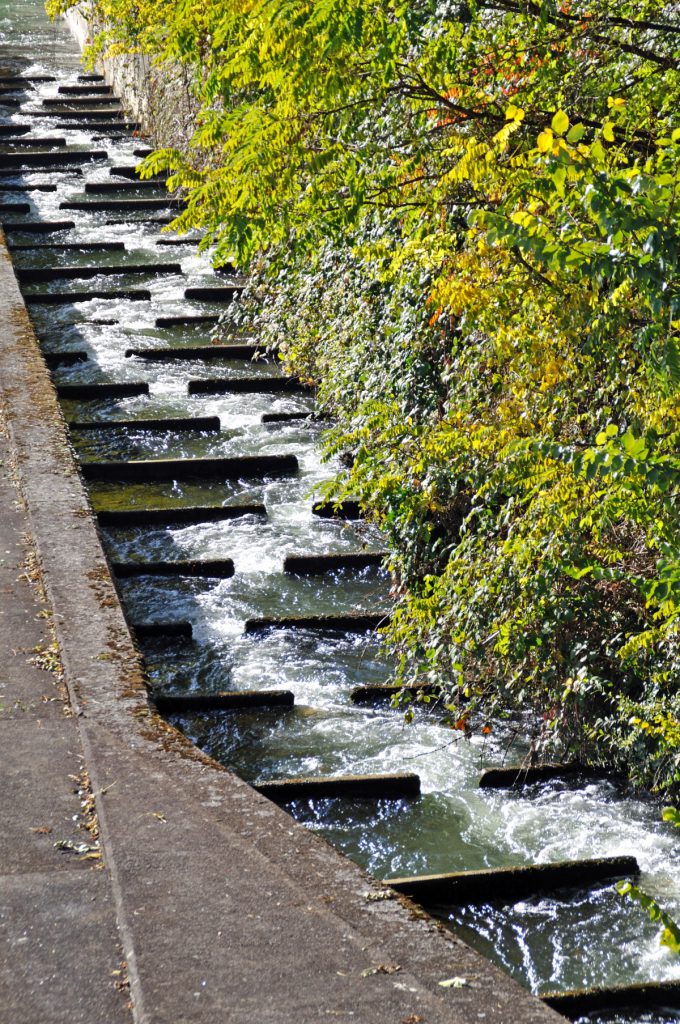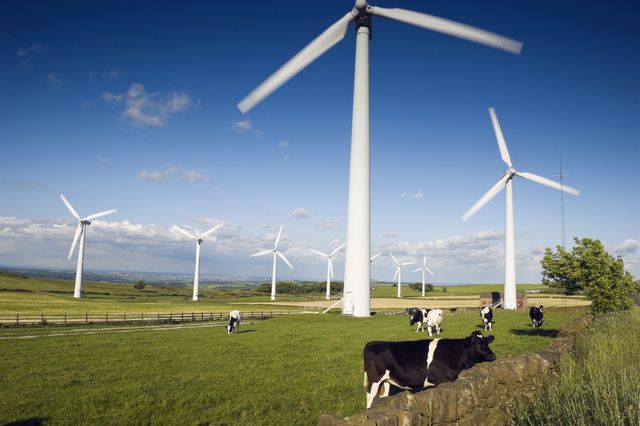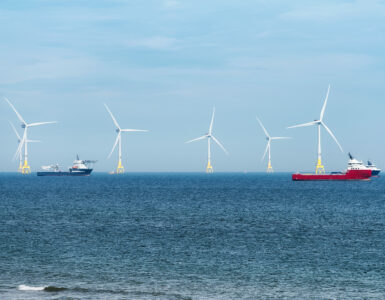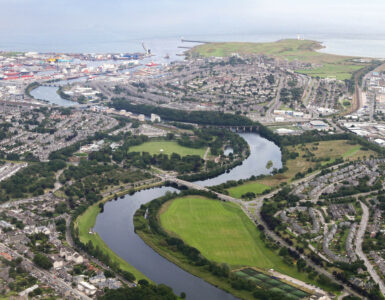It’s well known that when we use fuels such as coal and oil, that these energy sources are having a negative effect on our atmosphere and our air quality.
However, most energy sources affect our environment in some way, and these need to be identified so we can make sure we are harnessing them sustainably.
Air pollution is one of the biggest issues facing our environment today. Click here for an infographic that goes further into this topic
WILDLIFE
Problem
Building power stations, wind and solar farms and other methods of harnessing energy cannot be complete without changing a landscape in some way, and often this includes changing the habitats of some types of wildlife.
It has been suggested that wind turbines can affect birds and bats, whilst hydroelectric dams and tidal machines are damaging to sea life.
It can also work the other way, with wildlife affecting the power stations. Jellyfish can cause problems when large amounts of them get caught up in the cooling water power station use to cool their turbines.

This power station in Scotland was one plant that had issues with jellyfish and had to run at a lower capacity while they were cleared from the cooling water.
Solution
Despite worries that wind turbines could affect to birds, reports show that most wind turbines actually move too slowly to cause any harm, and reports of their damage are very few.
In fact, some reports show that offshore wind turbines can actually prove to be good at providing artificial reefs for sea life which increase fish populations, rather that decrease them.
In terms of hydroelectric dams, which often result in changing the direction of a river’s flow, fish ladders have long been a solution to help fish, in particular salmon, travel upstream more easily.
To help keep jellyfish out of cooling water paths, there are studies being carried out by companies like EDF and university researchers to find out where large groups of jellyfish are, and moving them safely out of the path of the power stations before they get stuck.
WATER SOURCES
Problem
Power stations generate a large amount of heat energy due to the combustion of fuels such as oil, gas and uranium for nuclear power.
Because of this, a lot of water is needed to cool down certain areas of the stations, and being situated next to rivers and lakes provides a constant source of water.
However, this also means there can be environmental issues when the water is returned to where it came from, as it is warmer than before, and has new minerals, salts and sometimes high levels of sulphur which are not good for sea life or people downstream using the water for drinking, food preparation or other reasons
This is also true of water used in geothermal and hydroelectric power plants.
Offshore oil and gas platforms can pose a risk to sea life if an oil spill occurs. Researchers have also noticed birds can be affected by oil spills due to habitats near sand or feeding on fish that have came into contact with oil spills.
Gas extraction, specifically hydraulic fracturing (fracking), raises questions amongst some environmentalists as to its effect on aquifers (like underground rivers) which we use to get water in our homes and buildings.
The second is the concern that potentially dangerous chemicals may escape and contaminate groundwater. However, in the UK the Environment Agency approves the chemicals being used; hazardous or dangerous chemicals are not allowed.
The industry suggests pollution incidents are the results of bad practice, rather than an inherently risky technique and that the risk can be minimised by sticking to very high health and safety standards.
Solution
To make sure hydroelectric dams cause the least amount of change to a river’s natural habitat for fish, plants and other inhabitants, when water is released to allow the dam to stay at the correct level, it is at specific times of the year, and only a certain amount is released.

This allows fish to match up their reproduction cycles to times when the river is best suited for offspring to survive and not be affected by loss of food or shelter that the release of water would cause.
Despite hearing of major oil spills in the news, such as that in the Gulf of Mexico in 2010, they are actually quite rare. Damage assessments are carried out so that the right people are aware of the impact they can have on surrounding environment and researchers are always looking at ways to limit the damage caused.
For example, there were recent studies into how magnets could be used to clean up spills quickly before any major damage can be done.
In the UK, hydraulic fracturing is thoroughly regulated by different organisations and government bodies to make sure it is carried out safely, so that our water sources are not affected.
LAND
Problem
Much like its effect on wildlife, changing landscapes for energy use brings changes to the land that can affect its other possible uses.
Biomass is a renewable source of energy, as we can continue growing it so it can be used as a fuel for electricity generation, transport and heating. However, decisions need to be made over a piece of land being used for growing biomass instead of for food or grazing for animals.
The chemicals used on land for growing biomass can affect the land’s future use, as any crops grown on it may not be fit to be eaten by humans or animals.
Geothermal sources can sometimes result in land sinking where water has been removed. Geothermal areas also tend to be around earthquake or volcanic areas so disrupting these pieces of land can cause issues.
Areas marked for use for hydroelectric power stations have a major effect due to flooding, wildlife and in some cases displacing communities who can no longer use the water the area provided, like in the case of the Three Gorges Dam in China.
Solution

Wind turbines and solar panels can be placed on land that cannot be used for agriculture, and wind turbines still allow cows and other field animals to graze and move around openly.
Solar panels can also be installed on roofs of homes, buildings, etc. to cut down on the amount of land they might take up usually or again on unused agricultural sites.
In the case of sunken land, wastewater can be reinjected to make sure the land does not sink.
Environmental reports are carried out to limit any possible problems with earthquake prone areas where geothermal energy can be reached.












